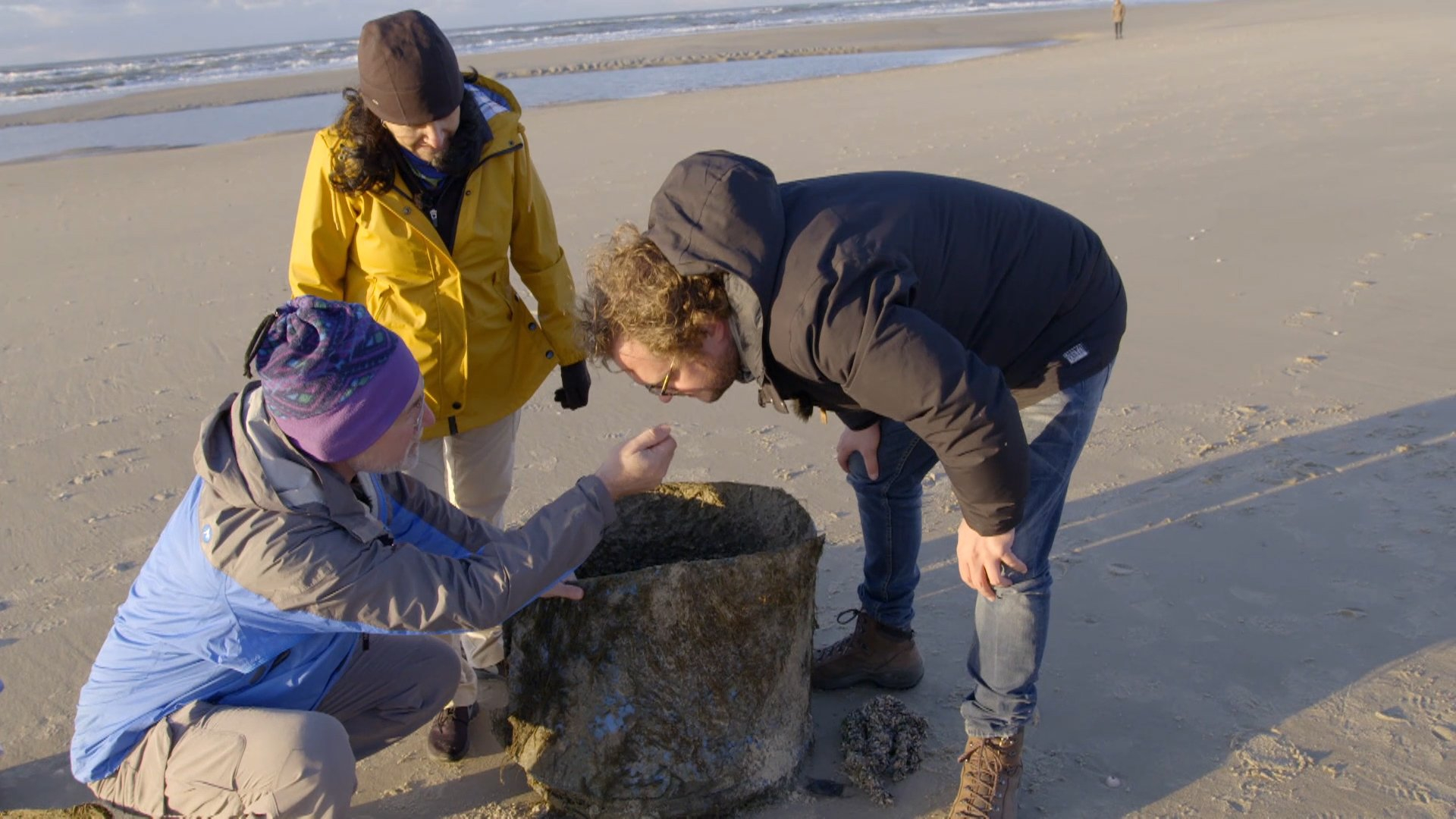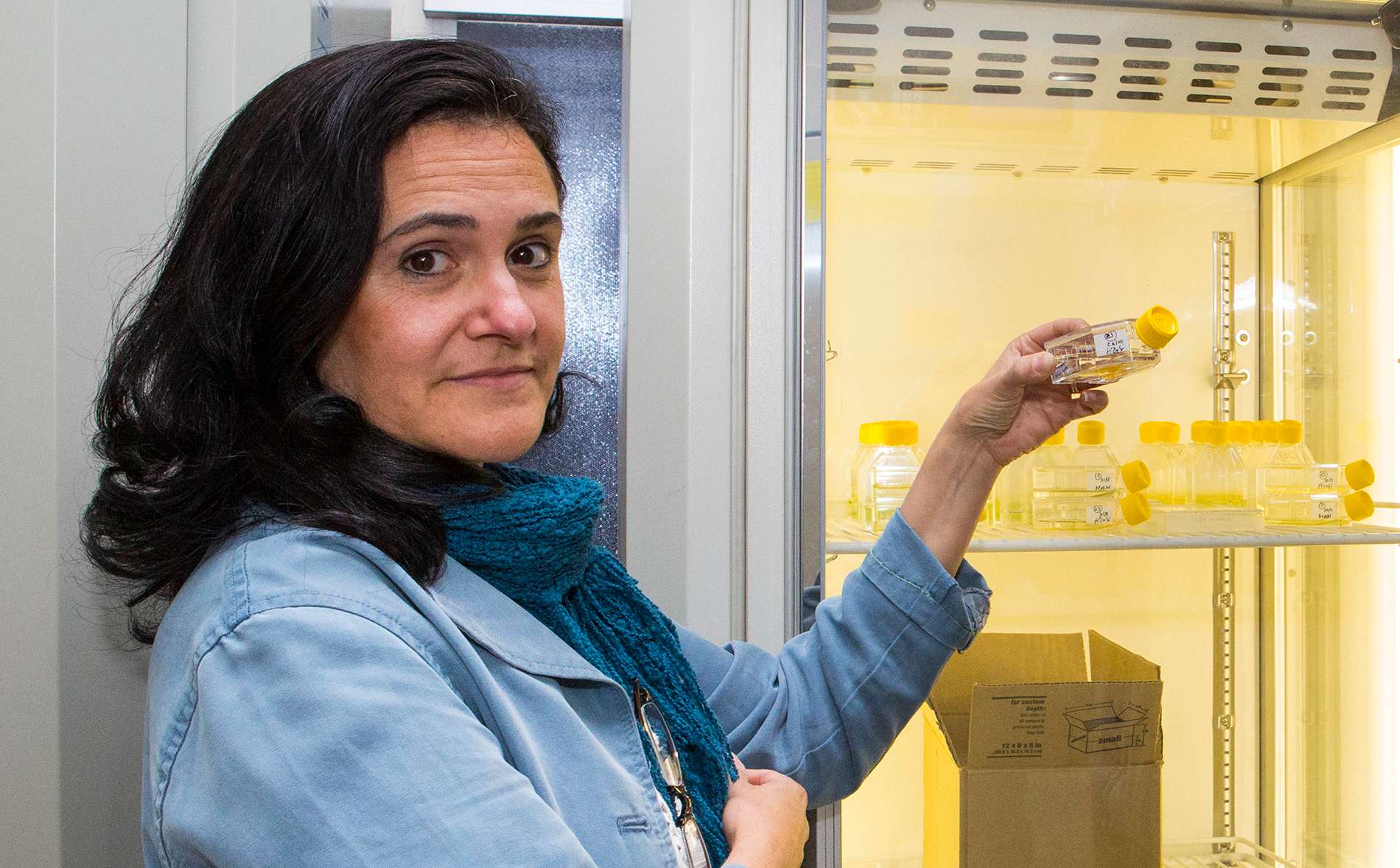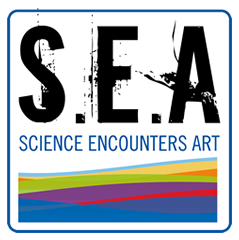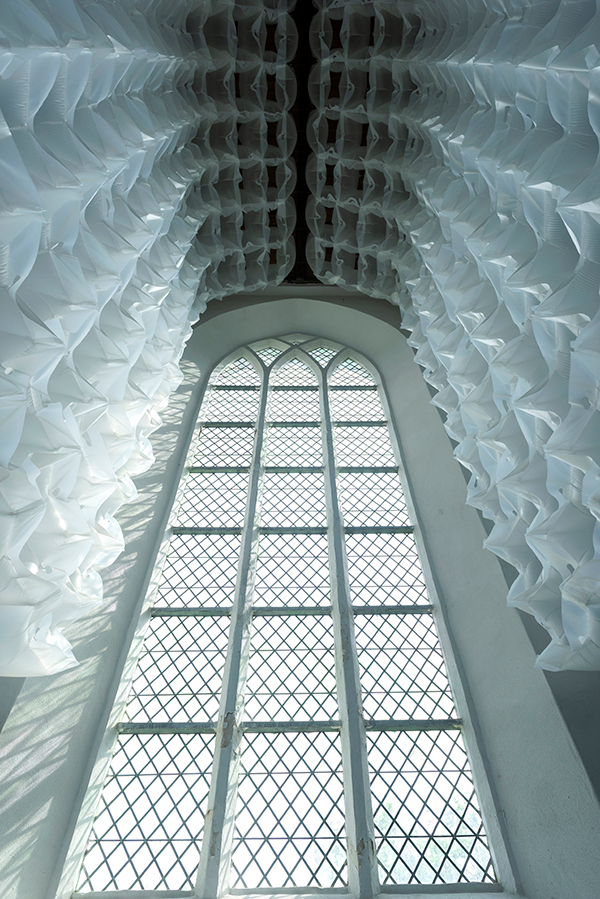Leven op een plastic planeet
~~~for english scroll down ~~~
Mariene microbioloog professor Linda Amaral – Zettler is gefascineerd door plastic, of beter gezegd: door het leven dat zich aan plastic hecht. ‘Er drijft onvoorstelbaar veel plastic afval in de zeeën en oceanen. Dat zie je bijvoorbeeld als je langs de vloedlijn loopt. Als je zo’n stuk plastic van het strand beter bekijkt, dan zie je ook dat het soms helemaal is bedekt door een laag bacteriën, algen en andere levende wezens. Die hebben in dat plastic vooral een kans gezien; een oppervlak om zich aan te hechten. Zoals het kleine laagje leven aan de buitenkant van de aarde de biosfeer wordt genoemd, zo zie ik het laagje leven op een stuk plastic als de plastisfeer.’
Woestijn in de oceaan
Het afval in de oceanen wordt wel “plastic soep” genoemd. Het verzamelt zich in grote ronddraaiende kolken van honderden kilometers doorsnede. Die soep is zeker geen dikke, gevulde soep, laat staan een tapijt van afval, maar al met al zit er wel heel veel plastic in onze oceanen! Het oceaanwater zelf is op die plekken juist heel voedselarm; er is daar ook relatief weinig leven. Je kunt het zelfs zien als een soort woestijn in de oceaan. Des te opmerkelijker is het dat bacteriën en algen zich juist op het plastic verzamelen. Wat is het dat ze daar naartoe trekt? Samen met mijn collega’s en studenten probeer ik te ontdekken wat de wisselwerking is tussen plastic en micro-organismen.’
Biologische afbraak
‘Het zou best kunnen dat de bacteriën het plastic ook als een soort grondstof gebruiken. Ik denk niet dat ze het volledig kunnen opeten. Ons onderzoek is dan ook niet per se bedoeld om een oplossing voor het plasticprobleem te vinden in de microbiële wereld, maar om te begrijpen hoe micro-organismen deze nieuwe omgeving vormgeven.
Meer informatie over Linda's onderzoek vind je hier.

Living on a plastic planet
Marine microbiologist Professor Linda Amaral-Zettler is fascinated by plastic, or rather, by the life that attaches itself to plastic. ‘There’s an incredible amount of plastic waste floating in the seas and oceans. You can see it when you walk along the strandline, for example. If you take a closer look at a piece of beach plastic, it’s sometimes completely covered with a layer of bacteria, algae and other living creatures. They have seen that plastic as an opportunity: a surface to cling to. Just as the thin layer of life clinging to the earth’s surface is called the biosphere, I see the layer of life on a piece of plastic as the plastisphere.’
Desert in the ocean
‘The waste in the oceans is sometimes described as a “plastic soup”. It collects together in enormous twisting eddies, hundreds of kilometres in diameter. This soup is by no means a thick, dense one, let alone a carpet of waste, but overall there’s a lot of plastic in our oceans! In these places the ocean water itself is very poor in nutrients, and there’s relatively little life. You can even see them as a kind of desert in the ocean. So it’s all the more remarkable that bacteria and algae collect on the plastic. What is it that attracts them? Together with my colleagues and students, I am seeking to discover the interactions between plastic and microorganisms.’
Biodegradation
‘It might be that the bacteria are using the plastic as a type of raw material. I don’t believe they can consume it entirely. So our research isn’t necessarily aimed at finding a solution to the plastic problem in the microbial world, but at understanding how microorganisms are shaping this new environment.’
More information about Linda’s work can be found here.


SEA Art tour PLASTISPHERE
By Ronald van der Meijs
On studying the NIOZ research by Erik and Linda Amaral-Zettler into plastic pollution in our oceans, I read the term “plastisphere” and became fascinated by it. While discussing their research I learned that, over time, a biotope develops on pieces of plastic in the surface water of the oceans: this is the plastisphere. Read more...
